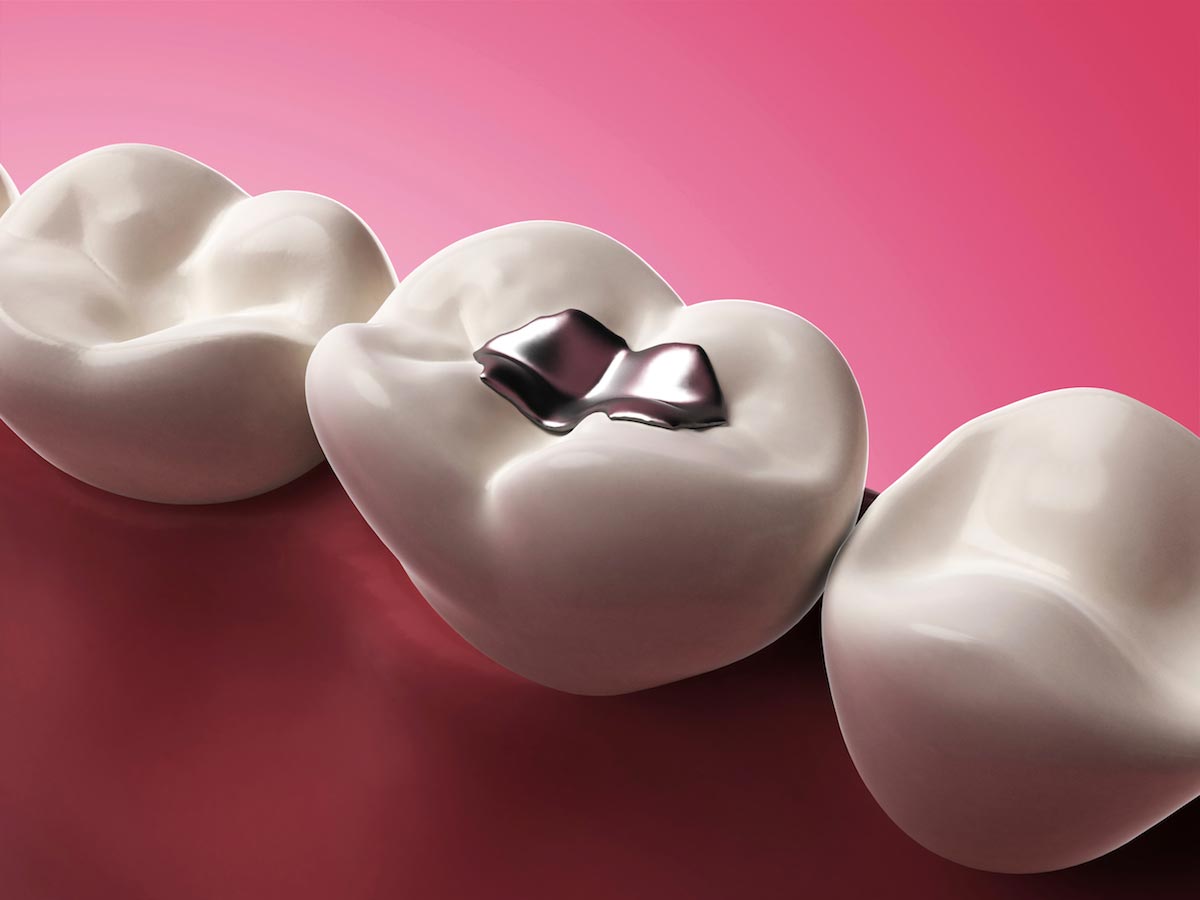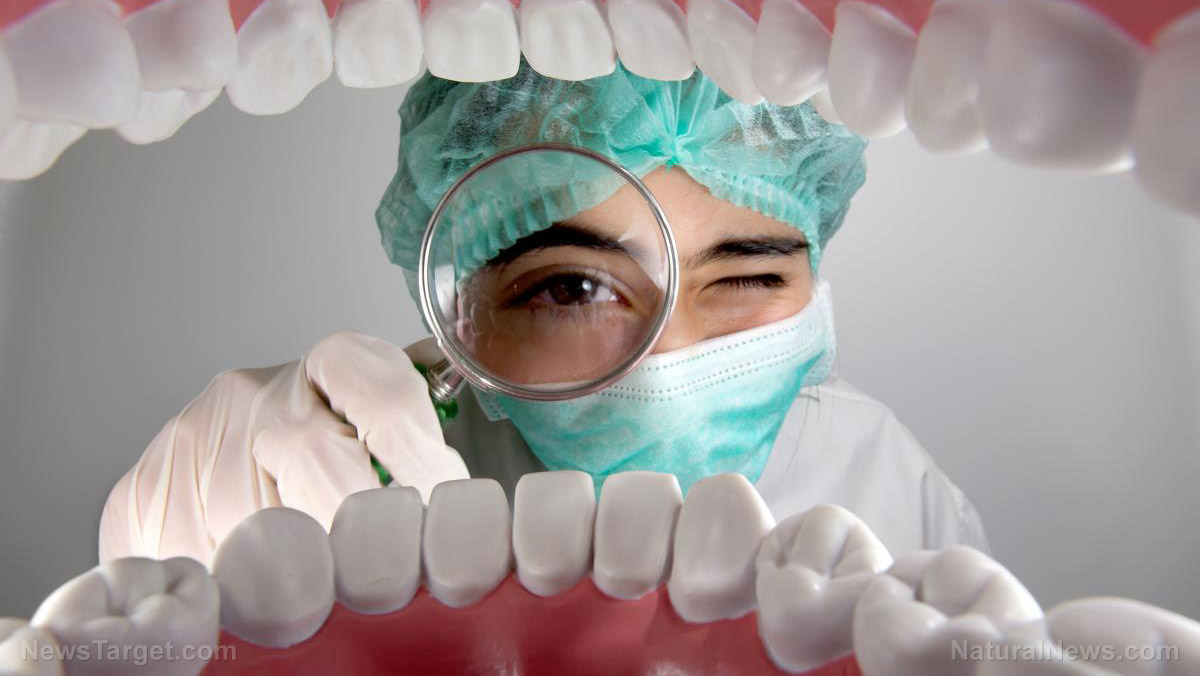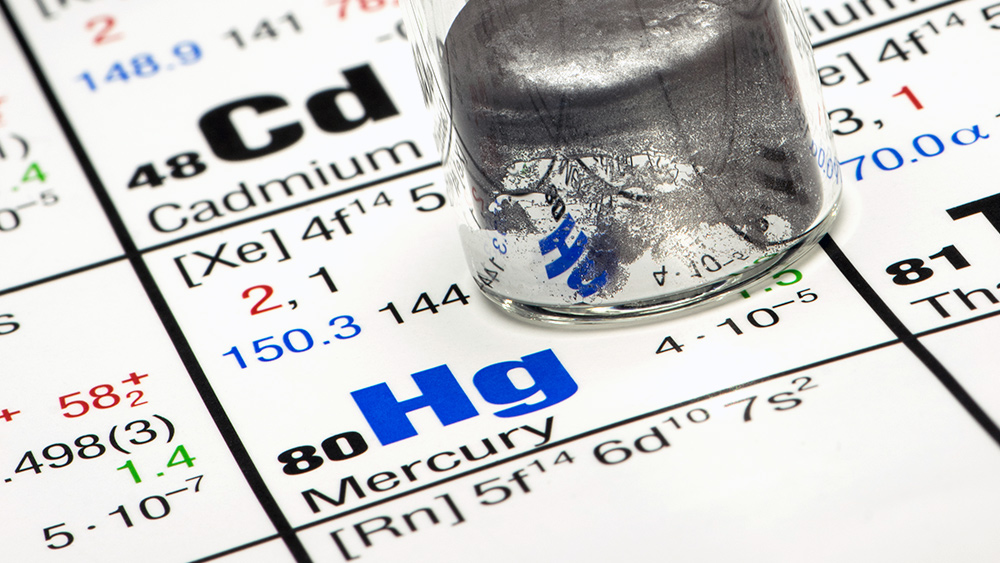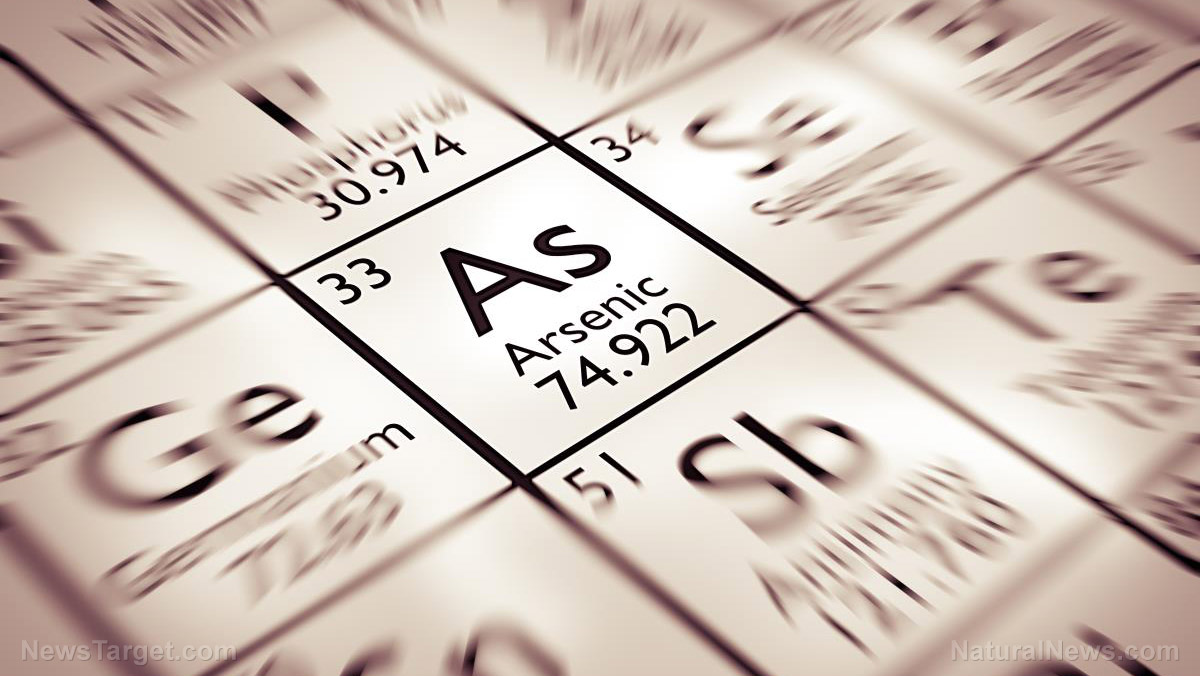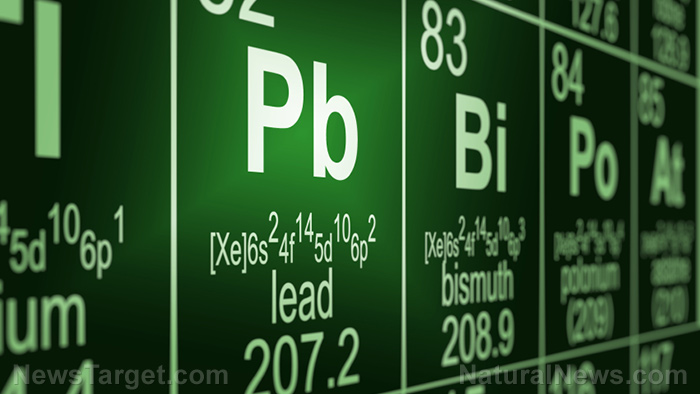Young man with end stage heart failure found to have too much iron in his blood; successfully reversed with chelation therapy
03/31/2018 / By Ethan Huff
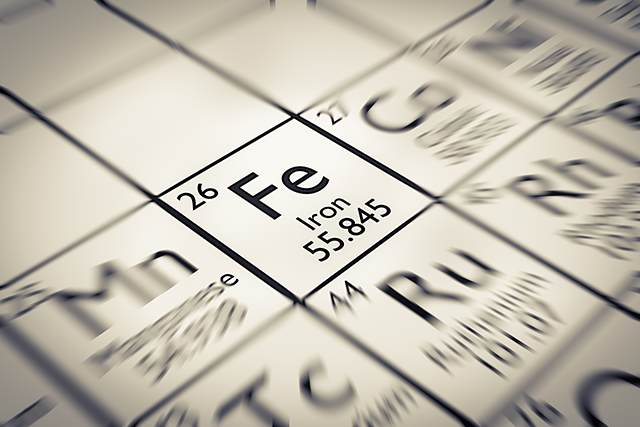
A recent case study involving a young Serbian man with end-stage heart failure has shed new light on the potential of chelation therapy to fully remediate certain serious health conditions without the need for major surgery.
Published in the Journal of Medical Case Reports, the paper focuses specifically on juvenile hemochromatosis, a rare genetic disorder characterized by the accumulation of iron throughout the body. While symptoms of the disease tend to vary from person to person, they usually involve decreased functionality of vital organs like the heart and liver, and in extreme cases can lead to total organ failure.
In this particular case, the young boy being evaluated was facing the final stages of heart failure caused by iron poisoning, for which he was basically going to be put on life support. However, an endomyocardial biopsy revealed that the boy had cytoplasmic iron deposits in his myocytes, or muscle cells.
His condition was initially stabilized using biventricular assist devices (BiVADs), and he was quickly put on a list for a heart transplant. He was also given an immediate regimen of iron chelation therapy, which the study reveals effectively removed the iron burden from his body.
Subsequent outpatient echocardiograms reiterated that the procedure was a success, and just 131 days after being implanted, his BiVADs were completely removed. In essence, the boy’s disease was completely reversed simply by detoxifying his body of all the excess iron that had burrowed its way into his muscle tissue.
“This rare case of a patient with juvenile hemochromatosis associated with a HJV mutation provides histologic evidence documenting the reversal of associated end-stage heart failure, requiring emergent mechanical circulatory support, with iron chelation therapy,” the paper concluded.
Study: Chelation therapy found to reverse atherosclerosis in diabetics
An earlier study published in the journal Expert Review of Cardiovascular Therapy produced similar results in the context of treating diabetics with atherosclerosis.
Researchers from the Columbia University Division of Cardiology at Mount Sinai Medical Center in Miami Beach, Florida, evaluated various randomized trials and case studies to see how patients with angina and peripheral artery disease to see how chelation therapy might help them. Coming up short, they eventually found proof of its efficacy in the Trial to Assess Chelation Therapy, or TACT, which represents the first randomized trial to accurately assess the benefits of chelation therapy using clinical endpoints.
What they learned is that chelation therapy helps to reduce adverse cardiovascular events in patients with post-myocardial infarction. Those with diabetes fared even better, they found, to which they declared that the therapy is not only useful but preferable compared to more invasive procedures.
“The 5-year view of chelation for cardiovascular therapy is bright, especially if viewed through the lens of the skepticism through which conventional cardiology viewed the results of TACT,” the authors wrote.
“The 5-year outlook is that we will recognize that environmental metal toxicants are a new, modifiable cardiovascular risk factor, and that simple, safe oral chelators will be developed to take their place in cardiologists’ armamentarium.”
Detoxification pioneer Dr. Thomas Janossy is similarly convinced of the benefits of chelation therapy. During a recent interview with NaturalHealth365 Talk Hour‘s Jonathan Landsman, Dr. Janossy explained how chelation therapy is a necessary, science-based intervention for keeping the body clean and clear of damaging toxins that can lead to disease.
Not only does chelation therapy help to decalcify arterial walls, effectively improving blood flow, but it further helps to raise levels of nitric oxide, which is necessary to relax the walls of blood vessels, which aids in the normalization of blood pressure and cholesterol levels.
Sources for this article include:
Tagged Under: alternative medicine, chelation therapy, detox, detoxification, diabetes, heart disease, heart failure, iron, iron chelation, iron poisoning, juvenile hemochromatosis, natural cures, natural medicine, vital organs





